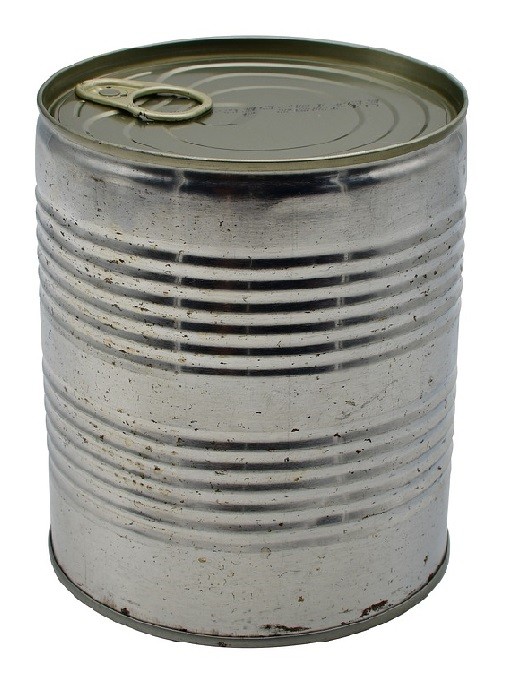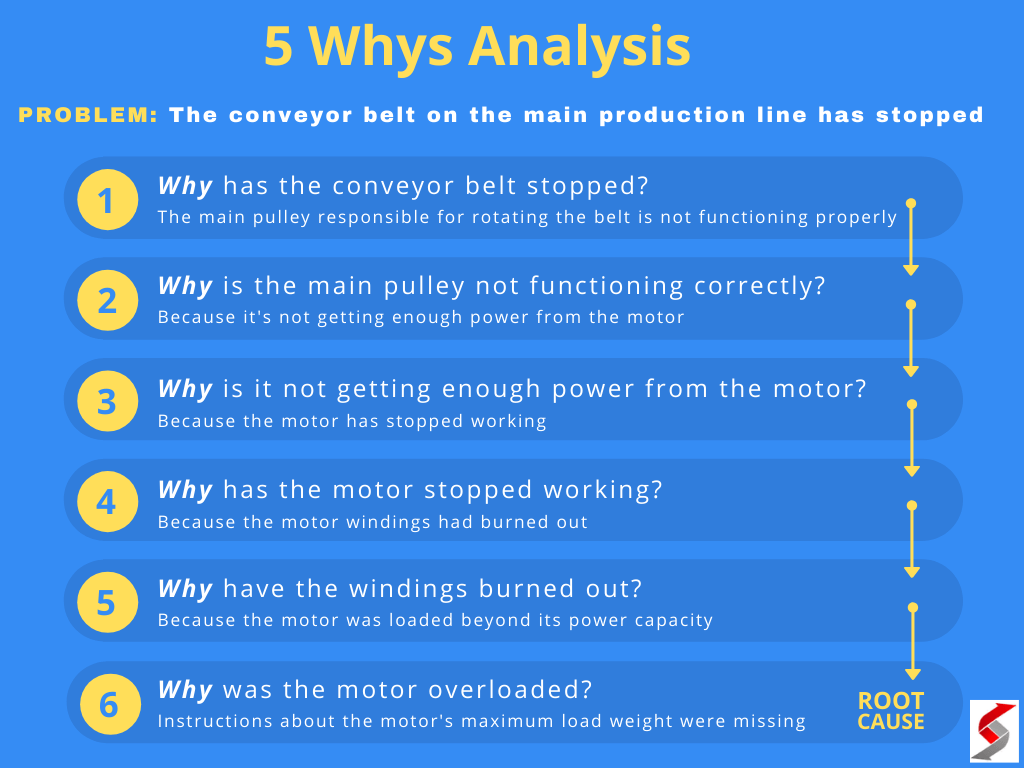Culinary Arts Degrees: Costs, Graduate Salaries, and Career Pathways
Understanding Culinary Arts Degrees: Opportunities and Costs
Choosing a career in culinary arts is a promising path for those passionate about food, creativity, and hospitality. A culinary arts degree can serve as a launching pad to various roles, from chef to food service manager. However, before enrolling, it’s essential to understand the financial realities: both what you will pay for your education and what you might expect to earn as a graduate. This guide provides a comprehensive overview, with up-to-date salary statistics, degree cost considerations, and step-by-step advice for accessing programs and maximizing your investment.
The Cost of a Culinary Arts Degree
The cost of a culinary arts degree varies widely depending on the institution, program length, and location. According to industry sources, tuition for an associate degree in culinary arts can range from $10,000 to $40,000 for the entire program at most accredited schools. Bachelor’s programs tend to cost more, with total tuition sometimes exceeding $60,000 . These figures exclude additional expenses such as textbooks, equipment, and living costs, which can add several thousand dollars per year to your total budget.

Source: ismart.org
For example, well-known culinary schools such as the Culinary Institute of America, Johnson & Wales University, and Le Cordon Bleu have published tuition rates within these ranges. Tuition fees may change yearly, so it’s crucial to consult the official website of each institution for the most current information. You can find updated details by searching for the institution’s name and “culinary arts tuition” or by contacting their admissions office directly.
Financial aid is available for many students, including federal loans, grants, and scholarships. To access federal financial aid, you must complete the Free Application for Federal Student Aid (FAFSA) through the official U.S. government portal at studentaid.gov [Verified]. Additionally, some culinary schools offer institutional scholarships, work-study programs, and payment plans to help manage costs. To explore these, visit each school’s financial aid office or search for “culinary arts scholarships” on their official websites.
Average Salary for Culinary Arts Graduates
Graduates with a culinary arts degree enter a diverse job market, with salaries varying significantly by role, location, and experience. According to CareerExplorer, the median annual salary for culinary arts graduates is $40,011 . Top earners can make up to $71,058 , while the bottom 20% earn closer to $22,529 annually [1] .
Recent data from ZipRecruiter shows the average hourly pay for culinary arts graduates in the United States is $18.95 , with a typical range between $15.14 (25th percentile) and $18.75 (75th percentile). The highest hourly wages can reach $33.65 , while entry-level roles may start at $9.38 per hour [2] . These figures reflect national averages; actual salaries may vary based on region, employer, and your level of experience.
For example, in Texas, the average hourly wage for culinary arts graduates is $17.66 , with most salaries ranging from $14.09 to $17.45 per hour [3] . This regional variation highlights the importance of researching local job markets to set realistic expectations.
Career Paths and Salary Ranges in Culinary Arts
A culinary arts degree prepares graduates for numerous roles across the food and hospitality industry. Common career paths and their median annual salaries include:
| Occupation | Median Salary |
|---|---|
| Chefs and Head Cooks | $60,990 |
| Bakers | $36,650 |
| Food Service Managers | $65,310 |
| Butchers | $38,960 |
(Source: U.S. Bureau of Labor Statistics, 2024) [5]
Some graduates choose specialized paths, such as food scientists, private chefs, or culinary instructors. These roles can command higher salaries, particularly with additional experience and certification. For instance, food scientists and technologists have reported median salaries above $70,000 annually [4] . Pursuing professional certifications, joining industry associations, and developing niche skills (such as pastry arts or nutrition) can positively impact your earning potential.
Factors That Influence Culinary Salaries
Several key factors impact what you can earn as a culinary arts graduate:
- Location: Urban centers and major metropolitan areas often offer higher salaries due to increased demand and cost of living.
- Experience: Entry-level roles pay less, but salary typically increases with years of experience, especially in management or specialty fields.
- Specialization: Chefs with expertise in pastry, nutrition, or international cuisine may command premium wages.
- Employer Type: Fine-dining restaurants, hotels, resorts, and private catering companies tend to offer higher salaries compared to fast-casual or institutional settings.
- Education and Certification: Advanced degrees, industry certifications, and ongoing professional development can enhance your marketability and earning potential.
It’s important to note that while a culinary arts degree provides foundational skills, real-world experience, networking, and continuous learning are equally vital for career advancement.
Accessing Culinary Arts Programs
If you’re interested in pursuing a culinary arts degree, start by researching accredited programs in your region. The U.S. Department of Education maintains a searchable database of accredited colleges and universities at collegescorecard.ed.gov [Verified]. You can filter by location, program type, and tuition cost to find options that meet your needs.

Source: storage.googleapis.com
For hands-on experience, many culinary programs offer externships, internships, and job placement services. Ask admissions counselors about these opportunities and how they can help you build connections in the industry. If you need financial aid, complete the FAFSA at studentaid.gov [Verified] and inquire about institutional scholarships and grants directly from your prospective school.
Applying and Planning Your Culinary Career
Here are step-by-step instructions for getting started:
- Research accredited culinary arts programs using the Department of Education’s database or by searching “accredited culinary arts programs” online.
- Contact the admissions office of schools you’re interested in to request detailed tuition costs, curriculum outlines, and financial aid options.
- Complete the FAFSA at studentaid.gov to determine eligibility for federal aid.
- Explore scholarships by searching for “culinary arts scholarships” on reputable scholarship databases like fastweb.com [Verified] or through your chosen school’s website.
- Consider part-time work or externship opportunities offered by your program to gain experience and supplement income.
- Network with industry professionals via culinary associations, job fairs, or professional organizations to discover career pathways and salary expectations.
Alternate pathways include enrolling in certificate programs, attending community college culinary courses, or pursuing apprenticeships. These options can reduce tuition costs and may provide quicker entry into the workforce.
Potential Challenges and Solutions
Managing education costs is a common challenge for culinary students. To address this, apply for as many scholarships and grants as possible, and consider lower-cost programs such as community colleges or online culinary courses. Balancing work and study is another hurdle; seek flexible scheduling options and prioritize programs with externships or paid internships. Remember, building a successful culinary career often requires perseverance, ongoing learning, and adaptability to industry trends.
Key Takeaways for Prospective Culinary Arts Students
Pursuing a culinary arts degree offers the potential for a rewarding career and competitive salaries, but costs can be substantial. By thoroughly researching programs, exploring financial aid, and understanding salary ranges, you can maximize your investment and set yourself up for success. Use official resources to verify tuition, apply for scholarships, and connect with industry professionals to enhance your skills and increase your earning potential.
References
- [1] CareerExplorer (2017). Culinary Arts Salary Data.
- [2] ZipRecruiter (2025). Culinary Arts Graduate Salary: Hourly Rate.
- [3] ZipRecruiter (2025). Culinary Arts Graduate Salary in Texas.
- [4] College Factual (2025). Culinary Arts Degree Guide.
- [5] All Culinary Schools (2024). Culinary Arts Salary Information.
MORE FROM gowithdeal.com













